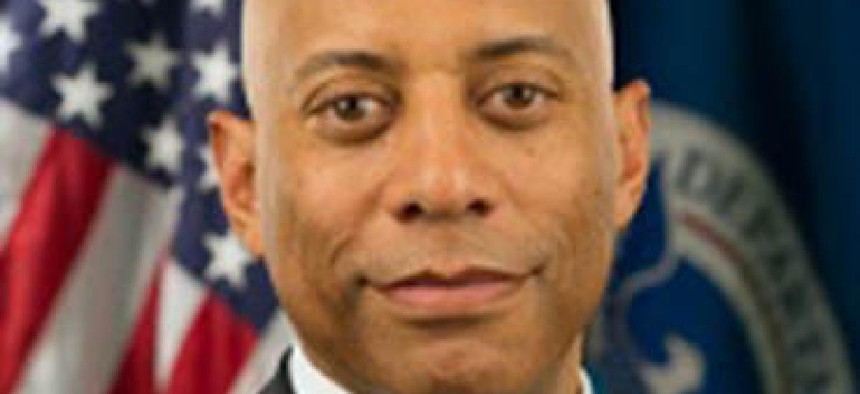Taking more risks for better tech

Four months after being sworn in as undersecretary in charge of DHS’s Science and Technology Directorate, Reginald Brothers told lawmakers his team is getting better at coordinating R&D.

DHS Undersecretary for Science and Technology Reginald Brothers says his office is developing a long-term strategy with a greater focus on "more aggressive, higher potential impact programs."
Congress got an update Sept. 9 on how the Department of Homeland Security's research and development arm is faring in addressing its reputation for poor strategic planning.
The verdict? DHS's Science and Technology Directorate (S&T) is embracing the risk of investing in "high-impact" technology, Undersecretary for Science and Technology Reginald Brothers told lawmakers, and is drawing up a more clearly defined R&D strategy for the next 5 to 10 years. Brothers testified at a joint hearing of subcommittees of the House Homeland Security and Science, Space and Technology panels.
S&T commands a budget of more than a billion dollars and the immense responsibility of coordinating national security R&D across a department that was cobbled together from 22 different agencies in 2002 and 2003.
Yet the directorate's track record, as relayed by the Government Accountability Office, has been problematic. As GAO gathered information for a 2012 report on S&T, DHS "struggled to answer basic questions such as, 'how much are you spending?' 'what projects are currently underway?' and 'do completed projects meet the needs of their customers?'" David Maurer, director of GAO's homeland security and justice division, said at the hearing.
DHS at that time did not have a clear definition for R&D, nor did it know the total amount its components invested in R&D, according to the GAO report. The department has since defined R&D, a prerequisite for developing an overarching strategy. Maurer noted in his testimony that S&T had also "made important strides in taking a more strategic approach and tightening its links with the rest of DHS."
In their opening statements, Republican and Democratic lawmakers took turns listing what they said were S&T deficiencies in tracking and measuring R&D investments, but expressed hope that Brothers, who took the directorate’s helm in April, could right the organizational ship.
Brothers told the congressmen his office is developing a long-term strategy, to be issued later this year, that will include a greater focus on "more aggressive, higher potential impact programs."
S&T cannot be content with driving near-term technological fixes to security challenges, Brothers added, but should strive for the cutting-edge. Both DHS and national security depend, in part, he said, on S&T being more tolerant of risk.
And while S&T has developed a reputation for low workforce morale -- it ranked 299th out of 300 agency subcomponents in the most recent "Best Places to Work" index -- Brothers' prepared testimony declared that he found the team to be "passionate and dedicated."
Allowing that much was still required to "transform the directorate into a 21st century federal R&D organization," Brothers said that, "walking the halls, I am invigorated by the widespread enthusiasm for our mission."





